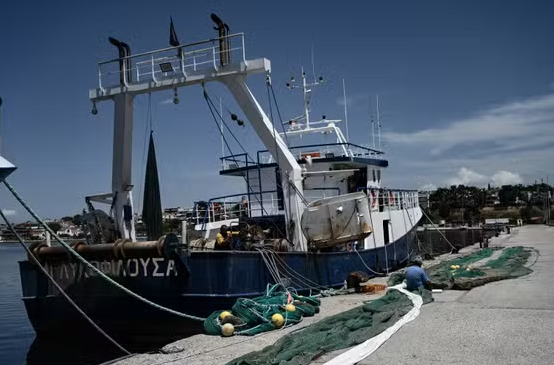Maritime transport accounts for about 3% of global CO2 emissions. Yet, flows are expected to double by 2050. One solution would be to develop fleets of sail cargo ships.
Maritime transport primarily involves freight, the transportation of goods, which is the most polluting, with 57,000 vessels traversing the oceans: cargo ships, container ships, bulk carriers, oil tankers, chemical tankers, etc. They generally all use heavy fuel oil for propulsion, one of the most harmful and environmentally damaging fuels when burned. The vast majority of international trade in goods (90%) relies on this mode of transport, and projections indicate a possible doubling of flows by 2050.
Alternatives to heavy fuel oil are still underdeveloped, but concrete initiatives are emerging, such as sail cargo ships. For example, the transportation company TOWT has specialized in the transportation of goods for over a decade, operating with iconic sail vessels like the Tres-Hombres. Today, the company is taking a step forward with the construction of sail cargo ships like the Anemos, measuring 80 meters long and 15 meters wide, featuring two masts reaching 55 meters in height to deploy 3,000 square meters of sail area.
One such shipper is Belco, a coffee and chocolate importer, which aims to reduce its environmental impact. Belco has signed an exclusivity agreement with TOWT. Loading the entire cargo holds of the ship at once and making a single delivery would make the sail cargo ship nearly « twice as fast » as a container ship, according to Louis Mayaud, in charge of low-carbon transportation at Belco. Even if the weather is unfavorable and the wind is not optimal, a lack of wind could add a maximum of five additional days to an expected eighteen-day transatlantic journey. Additionally, the company reduces its CO2 emissions from transportation by 90%.
However, while savings are made on unconsumed oil and wind is free, the sail cargo ship is much smaller than a container ship. While the Anemos can carry 1,200 tons of cargo, a container ship carries 300,000, making it more cost-effective due to economies of scale. Moreover, loading pallets onto the sail cargo ship rather than large containers takes more time and handling, not to mention the crew of seven people required to operate the vessel. With its innovations and technologies, the Anemos cost TOWT around €20 million, a significant investment to recoup.
According to Belco CEO Alexandre Bellangé, the surcharge related to sail usage will be passed on to the consumer’s 250-gram coffee package, « about 20 cents » on a product that costs between 7 and 8 euros. He considers this expense acceptable, suggesting consumers can understand and support the initiative. The mode of transport will be indicated on the package to highlight the approach.
Recently, as part of ecological planning, Roland Lescure, Minister Delegate for Industry and Energy, and Hervé Berville, Secretary of State for the Sea and Biodiversity, signed the sail pact with all stakeholders in maritime transport. This confirms the government’s support for wind propulsion ship actors committed to reducing the environmental footprint of the maritime sector, aiming to capture 30% of the global market share in the coming years.



